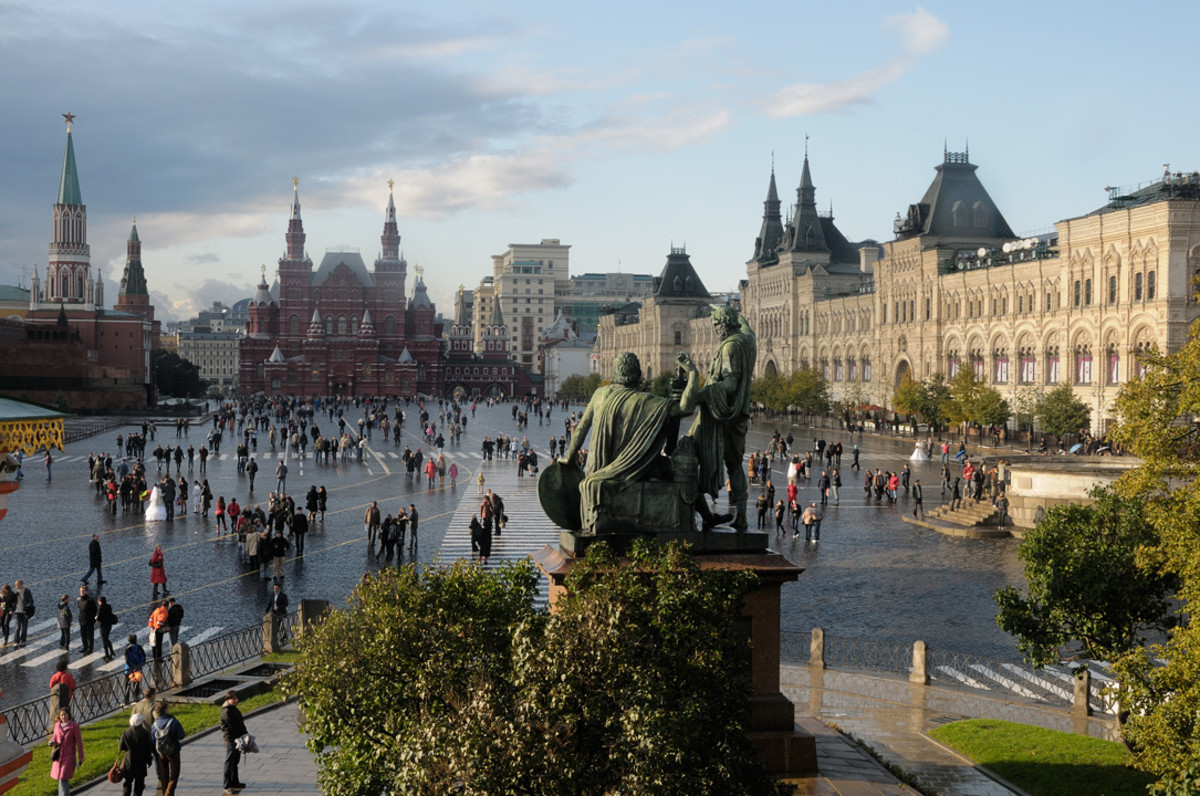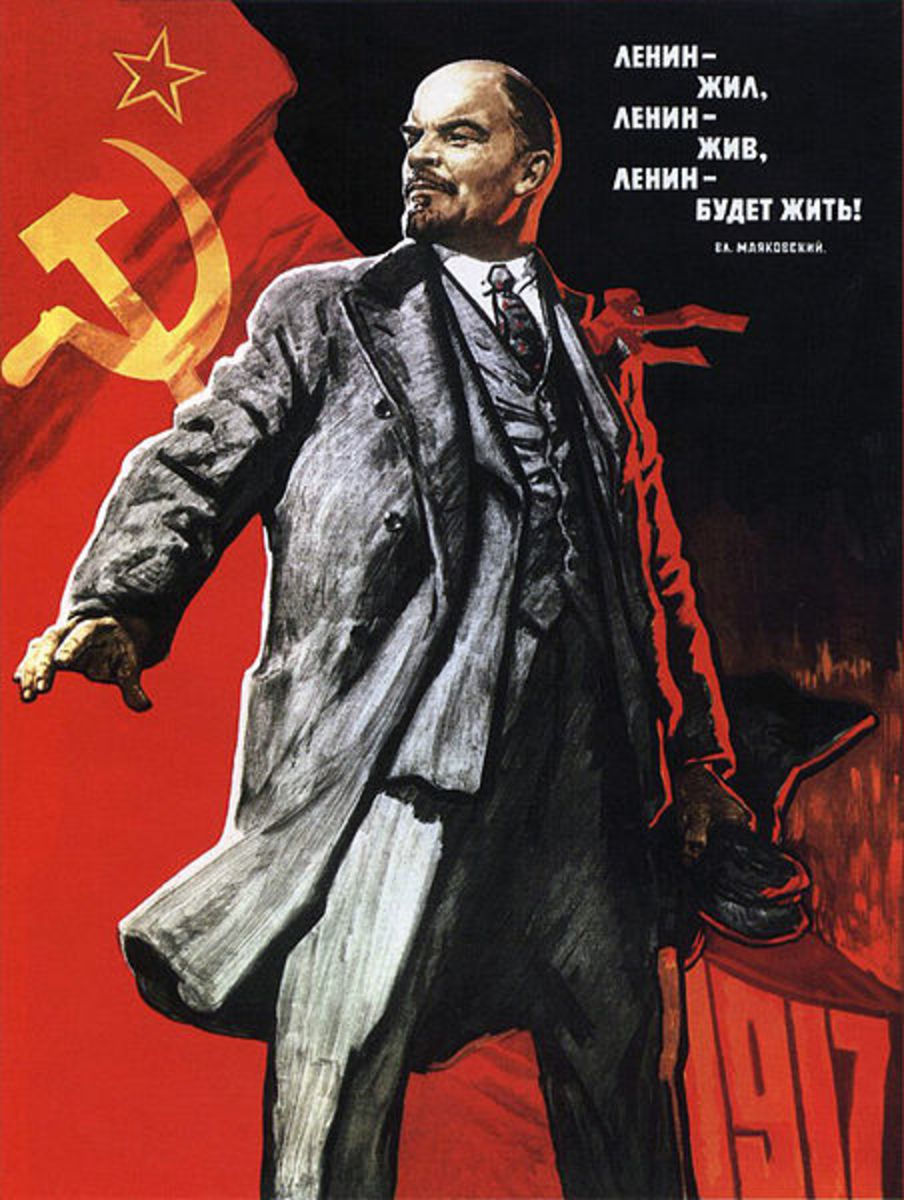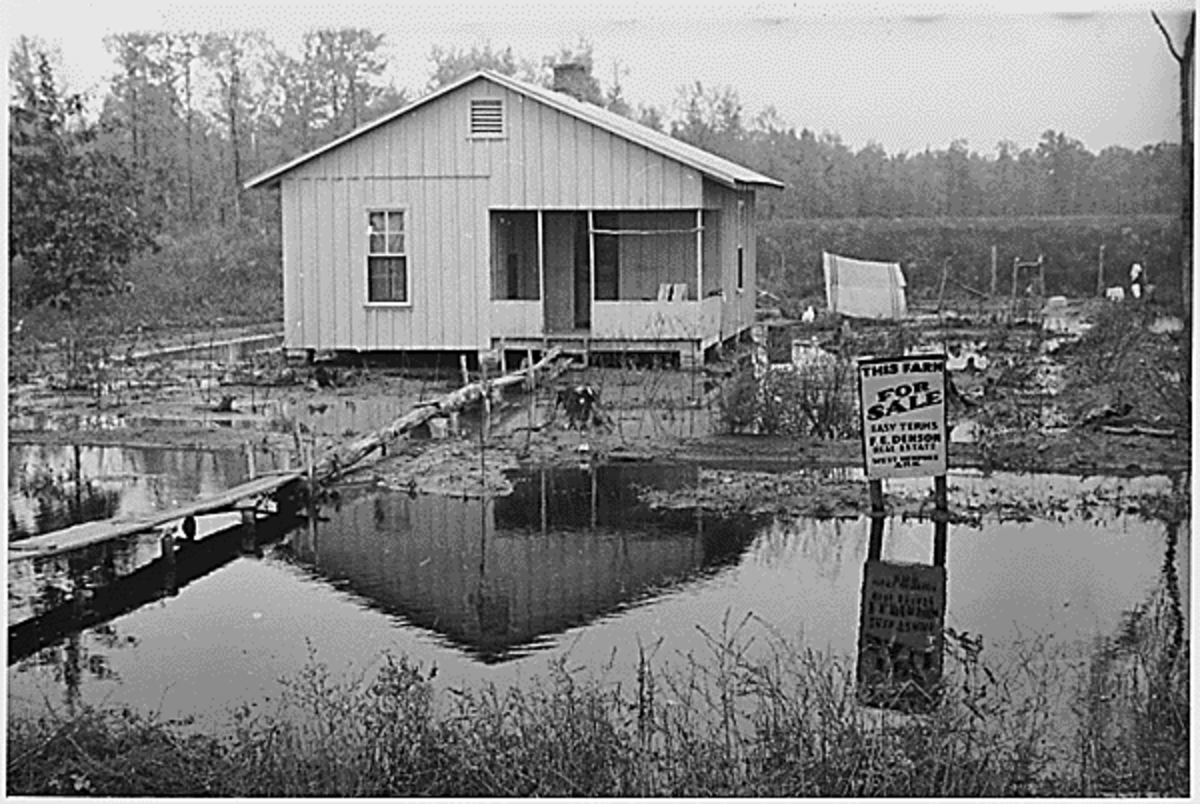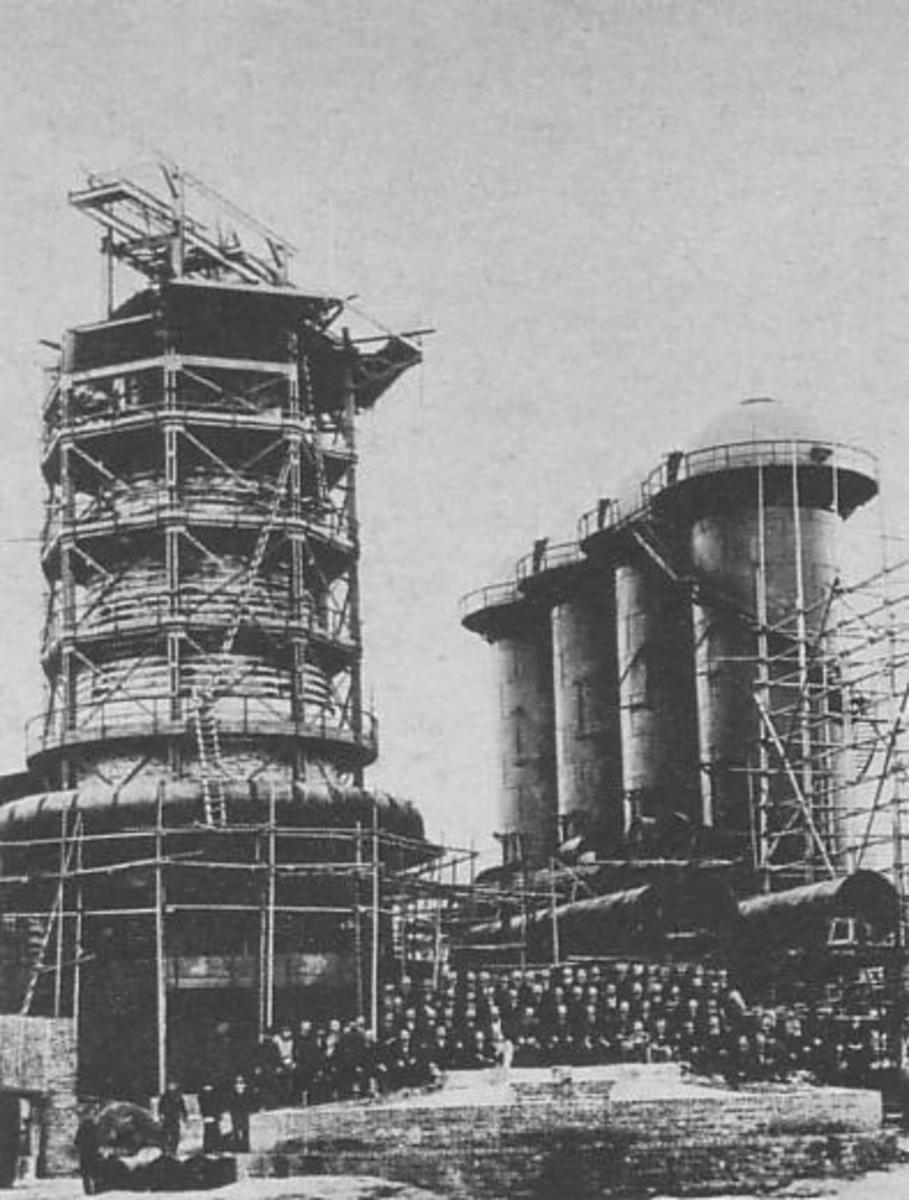Communism and the Beliefs of Lenin and Trotsky
1917 Bolshevik Revolution
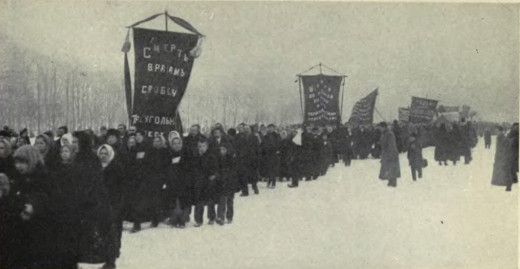
The Bolshevik Revolution or October Revolution occurred in Russia on October 25, 1917 and was fronted by two leaders: Lenin and Trotsky. Vladimir Lenin was the founder of the Bolsheviks and the first leader of the Soviet Union, and Leon Trotsky was a leader in Communist thought and ideology and member of the Menshevik faction (see References 1 and 5). Both men were Communists and shared much of the same philosophy and similar beliefs.
Communist Beliefs
Communism is based on beliefs and theories set out by Karl Marx in his publications "The Communist Manifesto" and "Das Kapital" (see Reference 4). It's a system in which all property is owned by the community and every person will gives or receives according to ability and needs (see References 3 and 6). Communists believe their ideology will bring about the release of the working classes -- the sector in society that lives on income from its labor and depends on demands for workers -- (see Reference 6) from the demands and control of capitalist employers.
Lenin
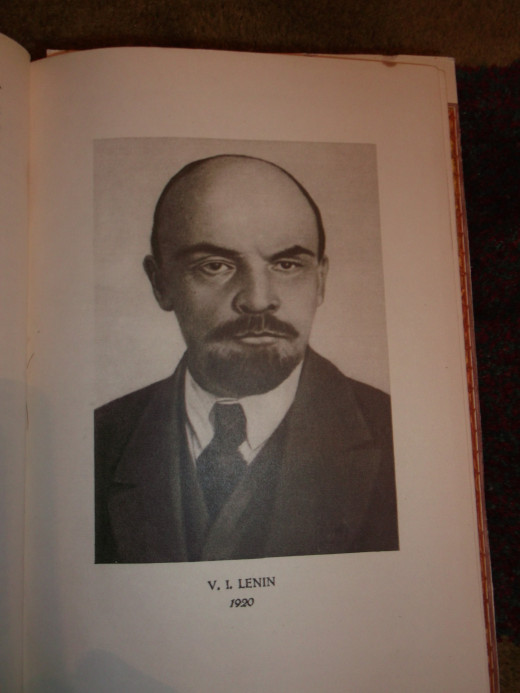
Bolsheviks and Mensheviks
Lenin and Trotsky were both members of the Russian Social Democratic Workers Party in the early 20th century. When the party split in 1903, Lenin became leader of the Bolshevik section, which was an elite group of communists dedicated to leading a workers' revolution on behalf of the people of Russia (see Reference 7). Trotsky joined the Mensheviks, a more open party that hoped to attract support from uneducated workers and peasants (see Reference 7). Initially, the Mensheviks were far more popular and in 1917 they had more delegates on the Constituent Council than the Bolsheviks (see Reference 7).
Check Amazon for history of Communism
Differing Beliefs
Membership in the Bolshevik faction and Menshevik faction was one of the key differences between Lenin and Trotsky before the Revolution. The Menshevik faction did not have any central policies and members adhered to their own theories, while the Bolsheviks were a tightly-knit elite group that planned to lead the Russian revolution. Trotsky edited "Pravda," the principal communist newspaper and believed in the "permanent revolution." (see Reference 5). For Trotsky, the idea of permanent revolution was encapsulated by under-developed countries, like Russia, not having a requirement to pass through the sequence of events followed by more modern countries and combining elements of both aspects to form a system of permanent revolution (see Reference 2) When the Revolution broke out, Trotsky returned to Russia and joined the Bolshevik party, so he could play a part in the major historic events happening at the time. He had a major role assisting the takeover of communist power in Russia and his Menshevik connections gave added credibility to the Bolsheviks.
Trotsky
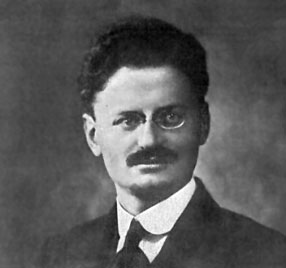
Lenin Leads Russia
Lenin was a charismatic leader and figurehead for the Russian Revolution, with Trotsky as a trusted adviser and key member of his campaigns. One of the key changes that Trotsky vocalized was the need to jump start the economy that had suffered from the war. Lenin initially rejected the idea of any change, but later adopted the New Economic Policy in 1921 to halt peasant discontent and any potential overthrow of the new communist regime by allowing the sale of produce and setting up small businesses.
Lenin's Revolution
Russian Revolution
Some of the principal reasons for the success of the Russian Revolution were that it happened in World War I, at a time of chaos, and soldiers agreed with the ambitions of the Bolsheviks. The February Revolution, which took place in the same year as the Bolshevik Revolution, was symbolic of the worker and peasant outrage at conditions and lack of basic foods, such as bread (see Reference 9).
Lenin giving speech with Trotsky in foreground
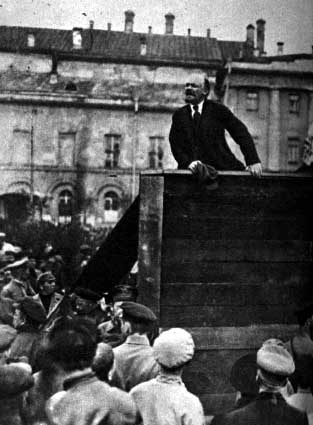
Sources:
Public Broadcasting Service: Commanding Heights, Vladimir Lenin
Marxists Internet Archive: Leon Trotsky
BBC History: Karl Marx
BBC History: Leon Trotsky
Marxists Internet Archive: Frederick Engels, The Principles of Communism
History Learning Site: The Mensheviks
Modern World GCSE Revision Site: Lenin v Trotsky
Marxists Internet Archive: February Revolution
BBC GCSE Bitesize History: The NEP
© 2013 Dawn Denmar




